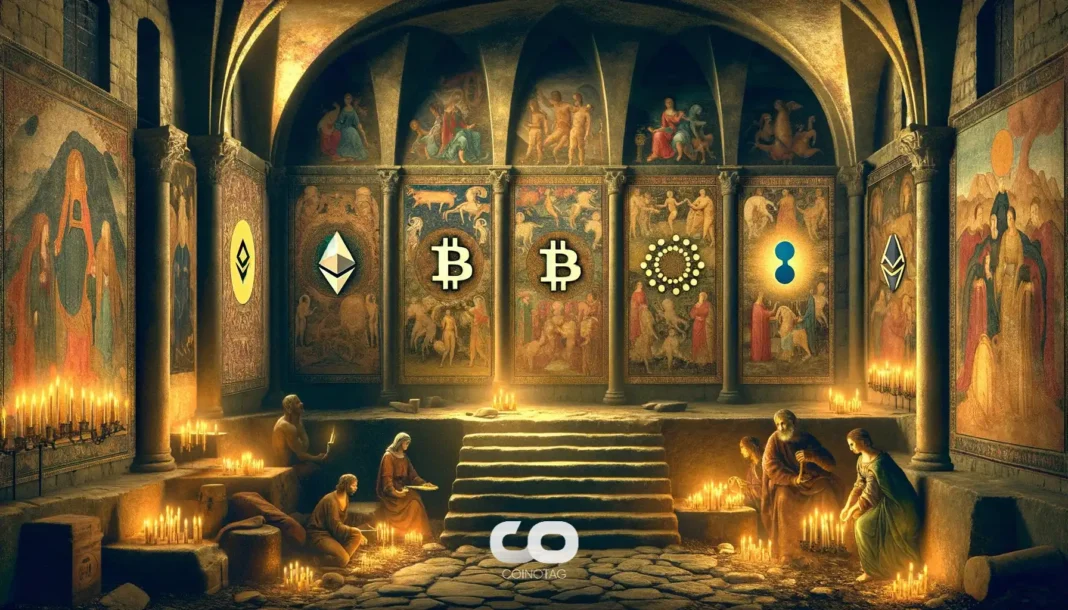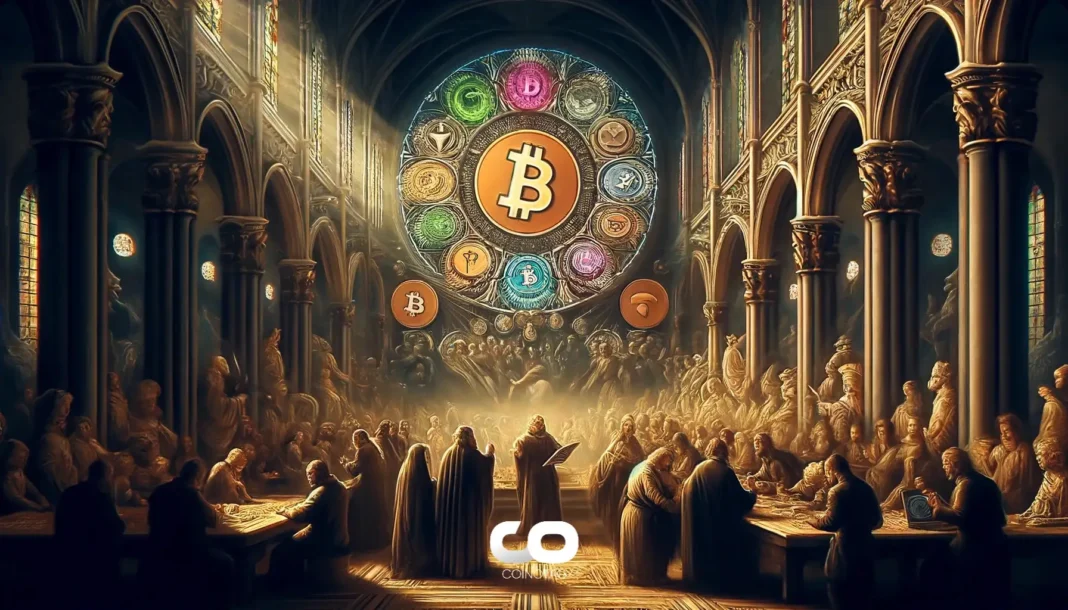- Tokenized deposits and stablecoins are essential components of the evolving financial landscape, each serving distinct roles within blockchain technology.
- The differences between these two forms of digital currency highlight the necessity for updated regulatory frameworks that recognize their unique characteristics.
- Noelle Acheson, former head of research at COINOTAG, emphasizes the importance of distinguishing between tokenized deposits and stablecoins in her analysis of modern finance.
This article delves into the differences between tokenized deposits and stablecoins, exploring their implications for financial regulation and the future of money.
Understanding Tokenized Deposits and Their Utility
Tokenized deposits, often referred to as deposit tokens, represent fiat currency within a blockchain environment. These tokens are issued by banks and are secured by actual fiat deposits that these financial institutions hold. Their operational framework allows for either private or public blockchain deployment, although banks typically prefer full control over access due to the stringent regulatory environment they operate in. For example, JPMorgan’s JPM Coin is used primarily to facilitate settlements among JPMorgan’s clients, while Société Générale’s EURCV can be extended to clients lacking direct bank accounts, subject to whitelisting.
Challenges and Advantages of Tokenized Deposits
The implementation of tokenized deposits significantly enhances the efficiency of traditional fiat transactions by streamlining execution and settlement processes. This innovation not only improves operational speed but also offers greater transparency and flexibility for financial institutions. Enhanced transaction visibility through the blockchain can reduce fraud and operational errors, making tokenized deposits an attractive alternative for banks aiming to modernize their services.
Exploring the Nature of Stablecoins
Stablecoins differ markedly from tokenized deposits. While they also leverage blockchain technology, stablecoins are designed to maintain a stable value against fiat currencies, typically backed by reserves. They allow for instantaneous peer-to-peer transfers without the need for underlying fiat account adjustments. This characteristic positions stablecoins as a viable alternative to traditional fiat money, particularly in contexts where bank access is limited or non-existent.
The Legal and Regulatory Landscape of Stablecoins
Despite their practical use as a medium of exchange, stablecoins face complex regulatory challenges. Unlike tokenized deposits that represent commercial arrangements, stablecoins function more like substitutes for fiat money. This raises philosophical questions regarding their classification and regulation. For instance, while stablecoins like USDC and USDT frequently operate as digital currencies, they do not wholly satisfy the criteria of “money” as defined by regulatory standards due to their variable backing and liquidity conditions.
Theoretical Implications and Future Outlook
The evolving nature of both tokenized deposits and stablecoins prompts significant questions about the future of money and its regulation. The discussion surrounding the “singleness” of money—that a dollar should remain equivalent regardless of its holder or medium—may push regulators to rethink existing classifications. As stablecoins often fail to fulfill this “singleness” requirement, their legal status may evolve towards being classified more as securities rather than simple transactional mediums.
Conclusion
In conclusion, the landscape of digital assets continues to redefine notions of value, transaction, and regulation. As tokenized deposits and stablecoins become increasingly prevalent, the necessity for regulators to adapt their frameworks becomes critical. Understanding these digital financial instruments not only enhances our grasp of current technological advancements but also sets the stage for potential innovations in future monetary policy.







